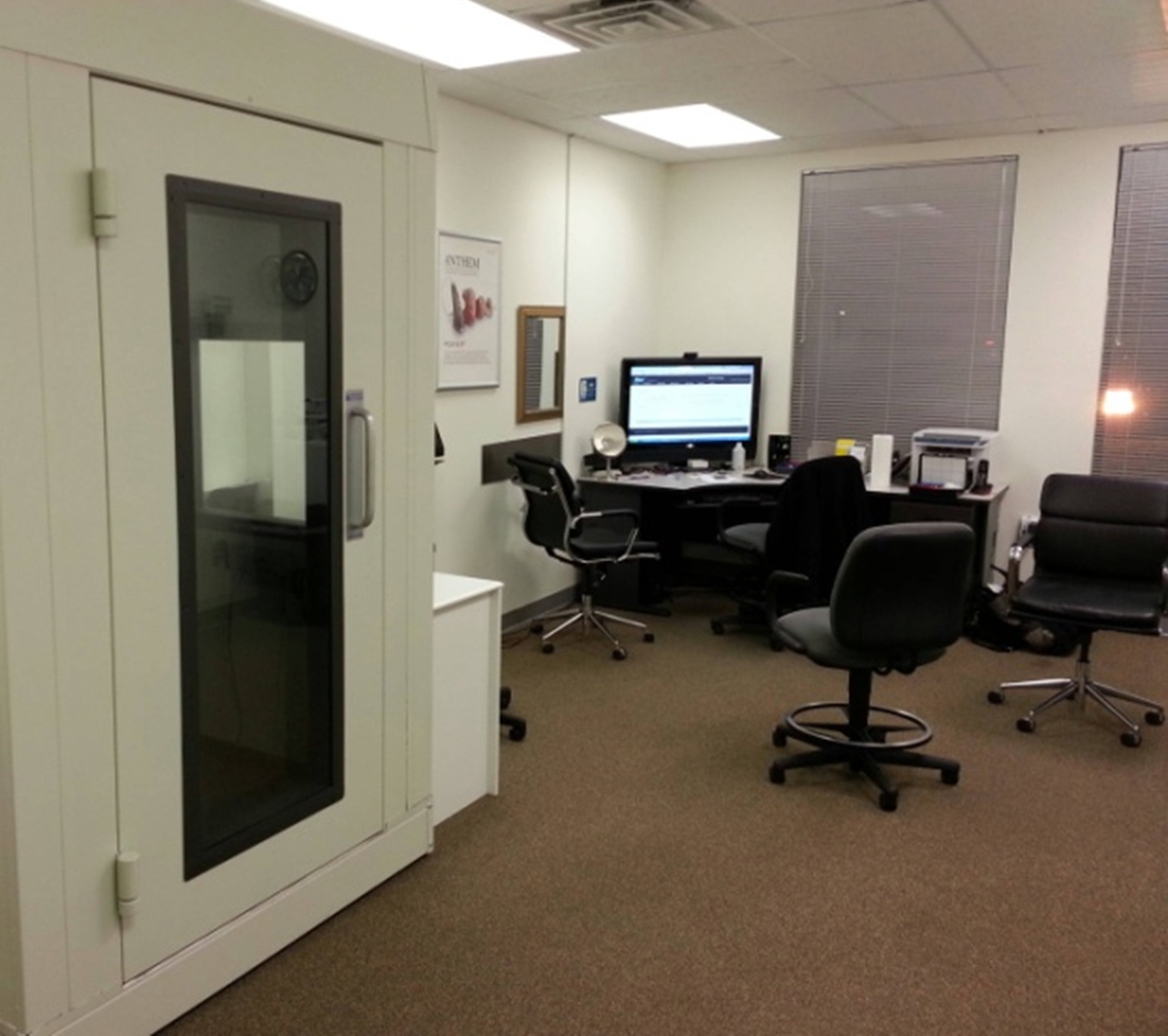
What is Audiometry Test?
Hearing loss comes with age, but as per the WHO reports, approximately 63 million people are suffering from some kind of hearing impairment. One way to detect hearing loss is through an audiometry test. The audiometry test measures the functionality of the inner ear, including the ability of the person to hear various intensities of sounds, pitches, frequencies, etc.
A healthy human ear can hear whispers which are about 20dB. A loud sound may have intensity between 140 and 180 dB. The tone of a sound is measured using the unit Hertz. Normally, humans can listen to tones anywhere between 20-20,000 Hz. Exposing yourself to sounds greater than 85 dB can lead to hearing loss after a couple of hours.
Types of Audiometry Test
If your hearing is impaired, you need to consult an audiologist for testing. There are different types of audiometry tests used to assess the severity of hearing caused by several reasons. These may include:
Pure tone audiometry test: Experiencing signs of hearing loss? We recommend you go for pure tone audiometry . PTA test is a behavioural test used to measure sensitivity of hearing. The healthcare provider will use a series of soft sounds with different pitches and tones directed in one ear at a time. You’re asked to raise your hand, if you hear the sound in any of your ears.
Speech audiometry test: It is similar to audiometry test, in which you have to sit in a small quiet room with your headphones. The audiologist will use a series of sounds at different volumes and pitches. You are required to say the word audible to you or point to a picture that represents it.
Impedance audiometry test: In this type of test, the doctor inserts a probe into your ear, which presses against the eardrum, to generate a sound. The audiologist will measure the way your eardrum responds to that trigger.

Why Audiometry Test Is Required
Audiometric test is done to measure the degree of hearing loss, if present. It is a branch of audiology that measures hearing sensitivity based on different intensity of pitches or tones. It is a part of routine checkup, conducted along with other tests. It is performed to rule out:
● Ear infections
● Any injury or harm to the inner ear
● Birth defects in newborns
● Impact of exposure to loud sounds or noises
● Function of eardrum
● Any disease in the inner ear, such as Ménière’s disease
● Inherited conditions such as abnormal growth of bone preventing the ear from functioning properly.
What is the Procedure of PTA Audiometry Test
A pure tone audiometry test gauges how you respond to the quietest sounds at different pitches. The healthcare professional will use an audiometer, a machine that plays a series of sounds through headphones. These sounds or tones are directed at one of your ears at a time to determine how your eardrums respond. The audiologist will instruct on each sound. You are required to raise your hand when you hear those sounds.

Benefits of Pure Tone Audiometry Test
The major benefits of PTA hearing test include:-
- The test rules out if you are at risk of sensori neural hearing loss.
- Determines the severity and degree of hearing loss.
- It helps to check your ability to distinguish between speech and background noise.
- Checks for the presence of birth defects in babies
- It helps your doctor understand how the issues are related to your inner ear.
- It helps to detect if you have sensorineural hearing loss (damage to the nerve or cochlea) or conductive hearing loss (damage to the eardrum or the tiny ossicle bones).
- Helps to find out if you can hear different sounds at different intensities.
- Helps to detect any infection in the inner ear or eardrums,
Book Appointment for Audiometry Test
Pure tone audiometry test examine the hearing level of different sounds or frequencies in both ears. So, it is best to consult the best professionals specialised in conducting these tests. At Global Hearing Aid Center, we have a dedicated team of professional audiologists that aims to provide customized and personalized services to people with hearing impairment. If you are experiencing problems in hearing different sounds, you can book an audiometry test online with us. We use painless procedures and employ the world’s top-class technology that suits our modern generation's style.
Q1 What is the normal range for an audiometry test?
Ans: The normal range for an audiometry test is between 250 to 8,000 Hz.
Q2 Is the audiometry test the same as the hearing test?
Ans : YES
Q3 What are normal hearing levels by age?
Ans: An adult in their twenties may be able to hear sound 17,000Hz or more. Normally, the hearing capacity starts to decline in the thirties, which is about 16,000Hz and even lower as you age.


